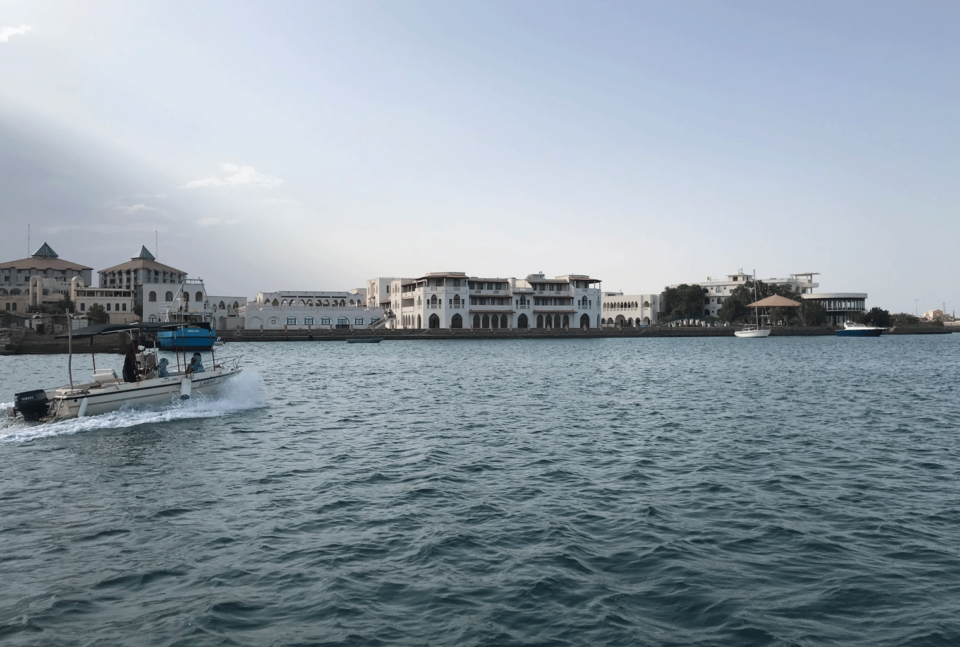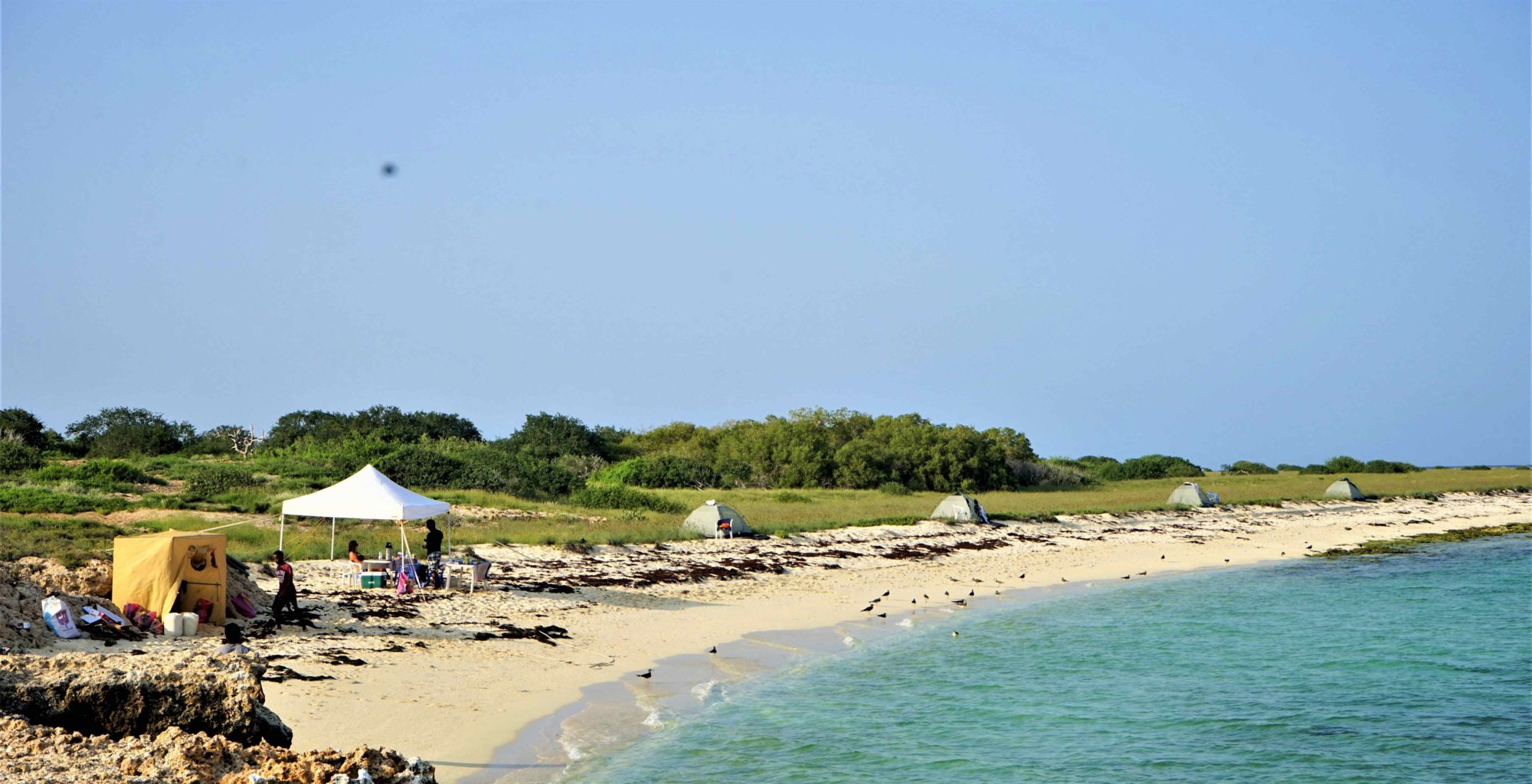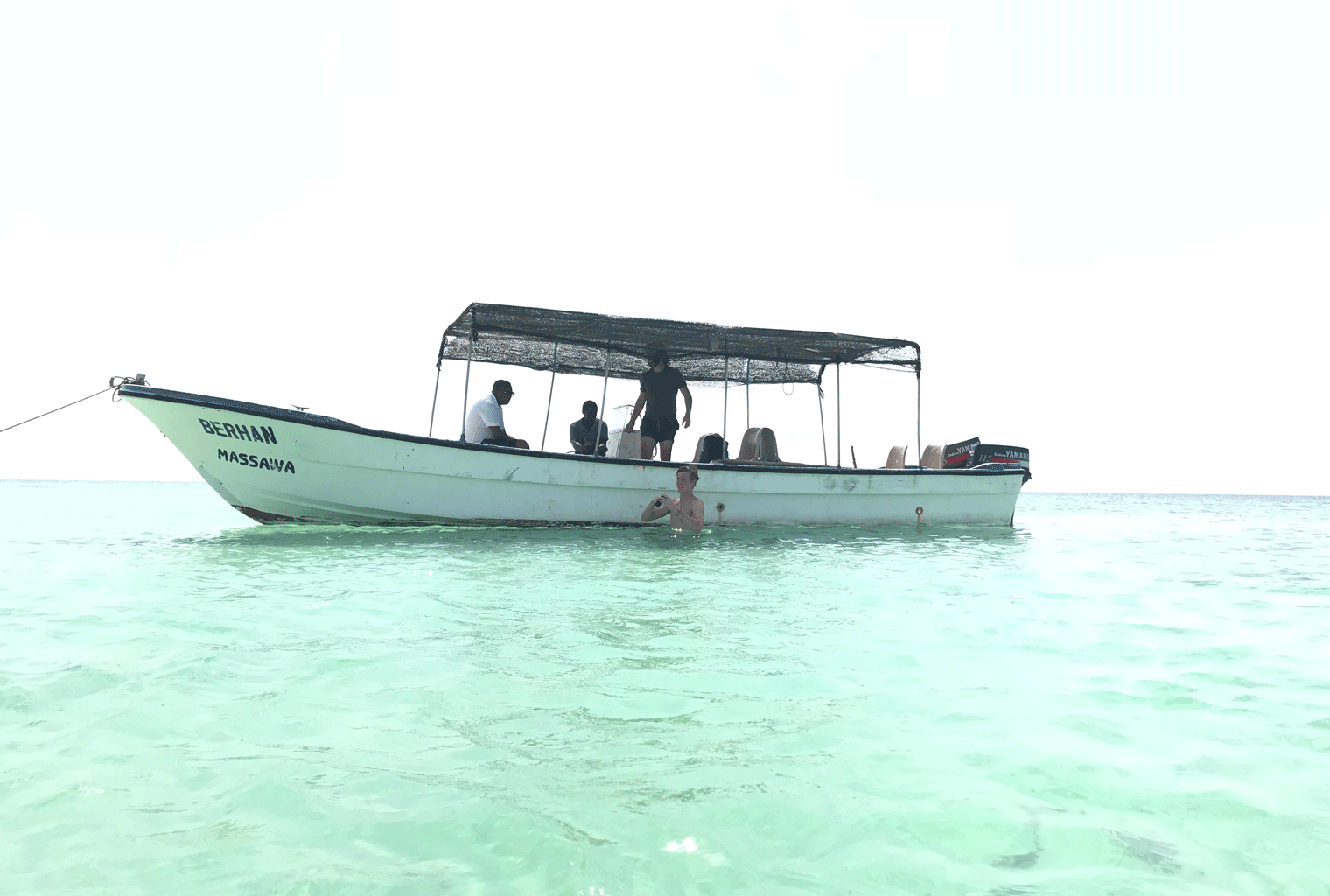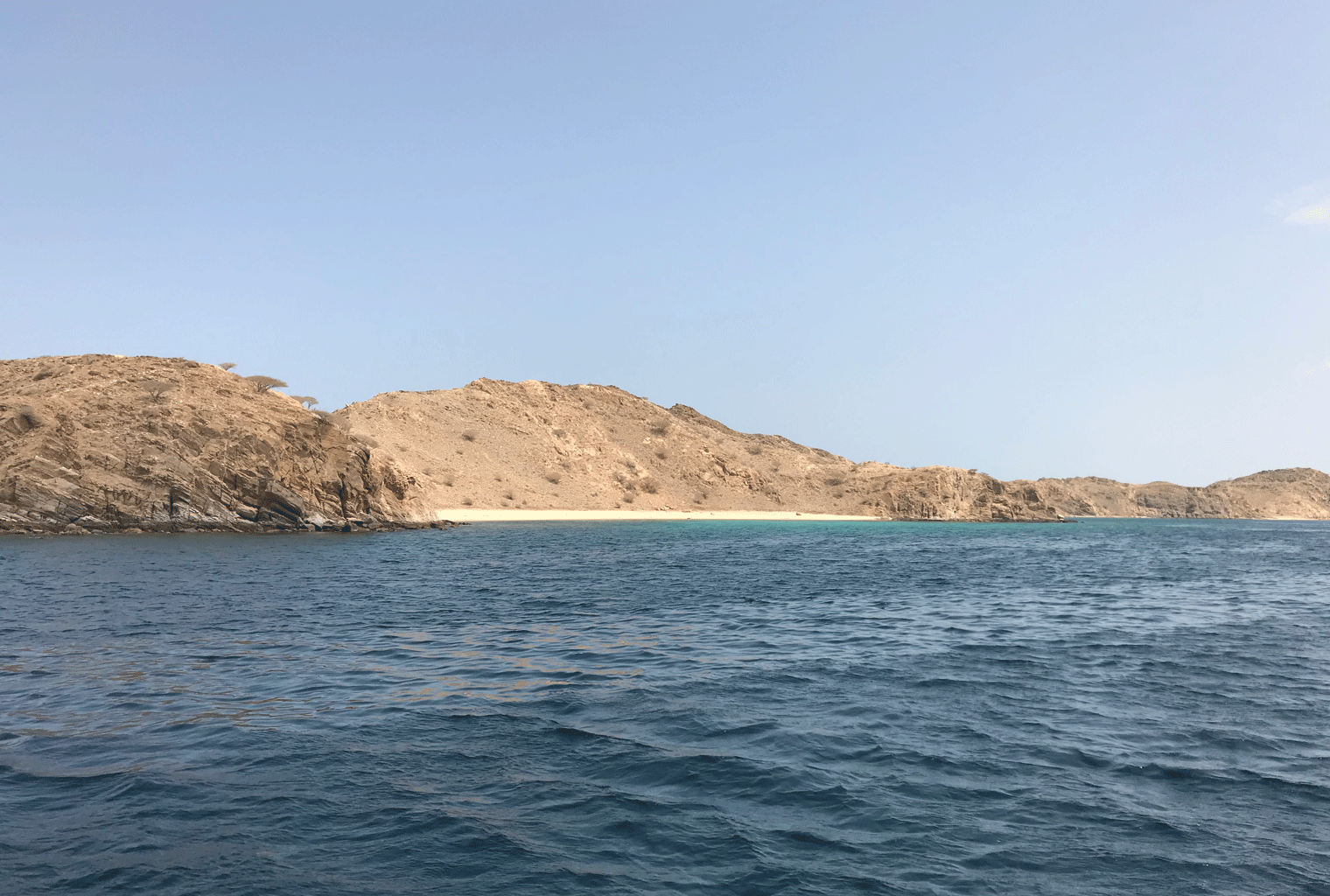The Dahlak Archipelago is a string of islands about 645 miles long, located 12–18° north, in the Red Sea. The closest islands are not far from Massawa, from where they are accessed. The temperature of the islands range from as low as 25°C between November and April to as high as 45°C between June and September.
The islands of the Dahlak Archipelago are known for their intact coral reefs, particularly the outer islands, which were formed from fossilised coral that uplifted due to seismic activity during the Late Pleistocene. Marine life in the area is outstanding. When in the 1960s the large reefs of the world began to be inundated with snorkelers and scuba divers, Dahlak’s geographic location and previous political instability means the area remains largely unspoilt.
It has been hypothesised that because the temperatures of the water in the Red Sea have always been higher than those of most other reef locations, the algae that lives within the corals here have adapted to be more resistant to increases in sea temperature. This means that whilst the reefs here aren’t completely immune to bleaching, the effect of temperature is felt less here than elsewhere.
Given that the Red Sea has included times of geographic isolation from larger bodies of ocean, there is a high incidence of endemism, with about 6% of corals and 17% of fish being endemic. The species of birds is numbered at 109. The areas around the archipelago are home to the endangered dugong and dolphins, and are relatively common to come by. Dahlak Kebir, the largest island is also home to a stunted form of Soemmerring’s gazelle.
Please note that current accommodation for this area is Dur Gaam & Dur Ghella Private Wild Camping.




